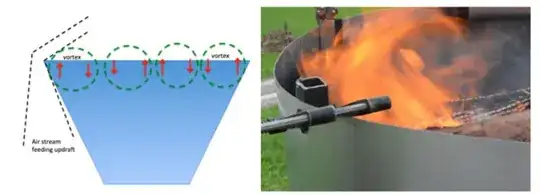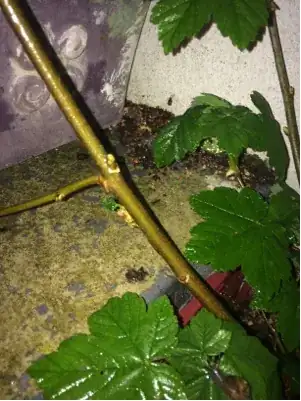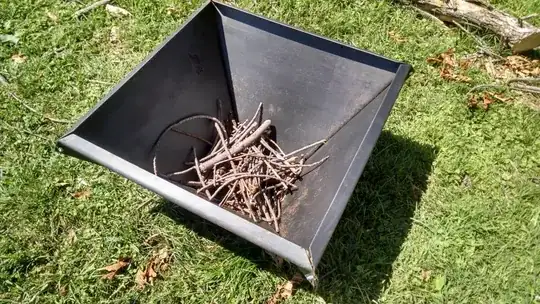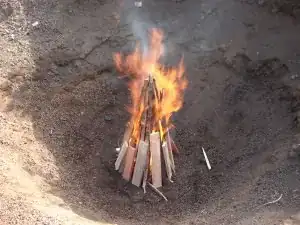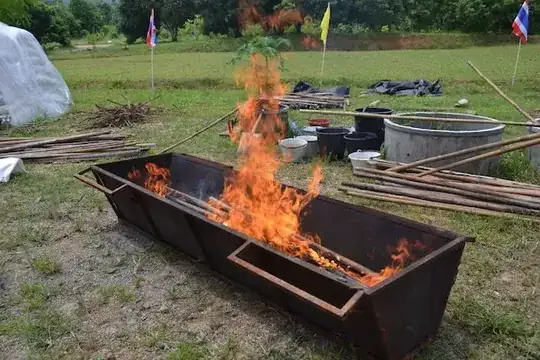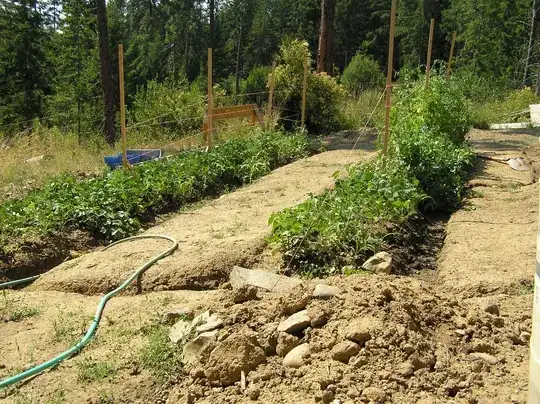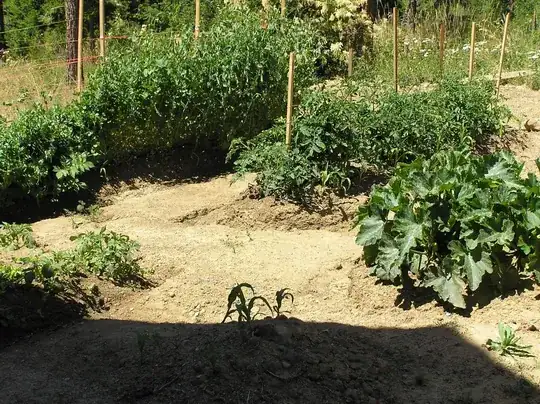This is not a subject I know much about, but I've been doing a bit of research, because, as one of the comments points out, that open trough showing burning wood also struck me as absolutely not the way to produce biochar. If part of your purpose is to lock up carbon (I'm assuming from an environmental point of view as much as anything) then that open burning trough will be emitting methane and CO2 into the air as it burns, and there's too much oxygen availability for the stuff that's burning, which means you're likely to get ash rather than biochar. In many parts of the world, people create and use biochar as a fertilizer, but its usually produced in a low tech way by digging a more or less cone shaped hole in the ground, with the materials piled into it, rather than a wide, open trough. Which would mean your bath is not a suitable receptacle for such a purpose either.
I found this
https://youtu.be/svNg5w7WY0k to be particularly interesting, because its a way of producing good biochar without emitting gases and smoke into the air - those gases are subsumed as the wood inside the drums 'cooks' rather than burns. Using two drums, one inside the other, with lids and a chimney of sorts is nothing like using an open bath or trough, obviously, and seems to be a much more effective and environmentally friendly way of producing good biochar.
In terms of use as a fertilizer, you probably already know there are various videos on Youtube, including some Ted talks - one of them uses scientific testing to determine whether using biochar makes any difference to nutrient levels in soil,and ultimately, whether it makes any difference to nutrient levels in food plants grown in that soil. Tests show that properly prepared, activated biochar does increase some (but not all) nutrient levels in soil https://youtu.be/AOgbO1uSaFU and does prevent leaching of those particular elements, but, if the soil in which the crops are grown is already nutrient dense (organic materials already being present) then there is no increase in the nutrient levels in the foods grown, though there may well be if the soil is poor prior to the addition of biochar.
However, I'm inclined to agree with another answer that it's much better to largely use unburnt organic material to keep the soil in good condition, rather than deliberately burning materials in hopes that will be even better - I can't help noticing the similarity between the rise in popularity of biochar and that of coffee grounds; the latter, in the last ten years, have been recommended as a fertilizer for soil and acquired a fad status, but that's just what it is, a fad, because coffee grounds are not a fantastic fertilizer for any soil/plant. I well recall a 'gardening expert' in the UK, actually a botanist, singing the praises of coffee grounds - two years later, he confessed that all the houseplants to which he'd liberally applied coffee grounds had died, so withdrew his recommendation. Biochar may well just be another fad which, long term, and used immoderately, is also not a great idea.
An interesting subject on which I intend to do further research, so I'm glad you raised it, but essentially, no, I do not believe your bath is a suitable way to produce biochar because it will allow methane and Co2 to escape during the process, and would be much better used as a raised bed.

